Atari¶
The Atari environments are based off the Arcade Learning Environment. This environment was instrumental in the development of modern reinforcement learning, and so we hope that our multi-agent version of it will be useful in the development of multi-agent reinforcement learning.
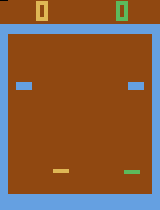
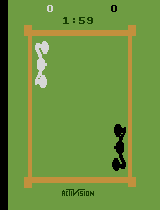

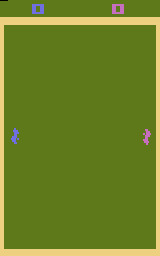
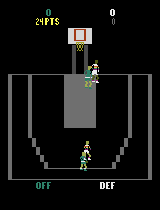
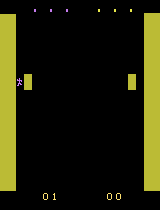
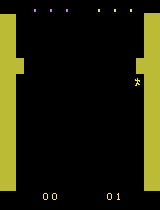
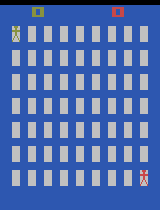
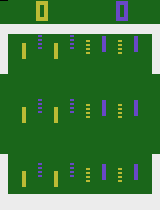
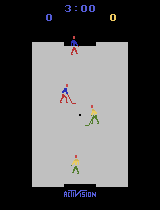

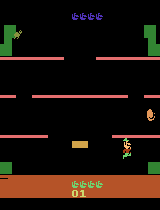

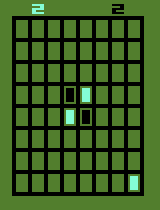
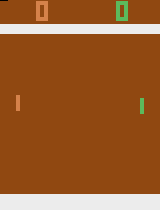
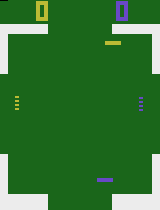
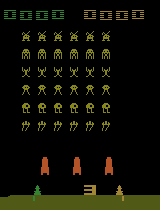
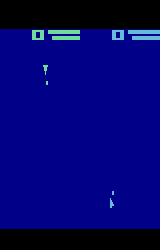
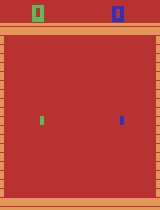
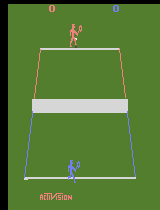
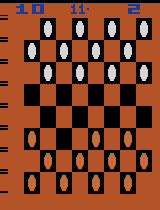
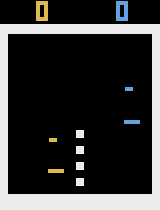
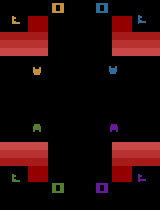
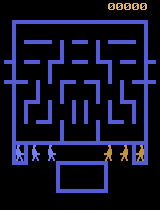
Installation¶
The unique dependencies for this set of environments can be installed via:
pip install 'pettingzoo[atari]'
Install ROMs using AutoROM, or specify the path to your Atari rom using the rom_path argument (see Common Parameters).
Usage¶
To launch a Space Invaders environment with random agents:
from pettingzoo.atari import space_invaders_v2
env = space_invaders_v2.env(render_mode="human")
env.reset(seed=42)
for agent in env.agent_iter():
observation, reward, termination, truncation, info = env.last()
if termination or truncation:
action = None
else:
action = env.action_space(agent).sample() # this is where you would insert your policy
env.step(action)
env.close()
Games Overview¶
Most games have two players, with the exception of Warlords and a couple of Pong variations which have four players.
Environment Details¶
The ALE has been studied extensively and a few notable problems have been identified:
Determinism: The Atari console is deterministic, and so agents can theoretically memorize precise sequences of actions that will maximize the end score. This is not ideal, so we encourage the use of SuperSuit’s
sticky_actionswrapper (example below). This is the recommended approach of “Machado et al. (2018), “Revisiting the Arcade Learning Environment: Evaluation Protocols and Open Problems for General Agents”Frame flickering: Atari games often do not render every sprite every frame due to hardware restrictions. Instead, sprites (such as the knights in Joust) are sometimes rendered every other frame or even (in Wizard of Wor) every 3 frames. The standard way of handling this computing the pixel-wise maximum of the previous 2 observations (see example below for implementation).
Preprocessing¶
We encourage the use of the supersuit library for preprocessing. The unique dependencies for this set of environments can be installed via:
pip install supersuit
Here is some example usage for the Atari preprocessing:
import supersuit
from pettingzoo.atari import space_invaders_v2
env = space_invaders_v2.env()
# as per openai baseline's MaxAndSKip wrapper, maxes over the last 2 frames
# to deal with frame flickering
env = supersuit.max_observation_v0(env, 2)
# repeat_action_probability is set to 0.25 to introduce non-determinism to the system
env = supersuit.sticky_actions_v0(env, repeat_action_probability=0.25)
# skip frames for faster processing and less control
# to be compatible with gym, use frame_skip(env, (2,5))
env = supersuit.frame_skip_v0(env, 4)
# downscale observation for faster processing
env = supersuit.resize_v1(env, 84, 84)
# allow agent to see everything on the screen despite Atari's flickering screen problem
env = supersuit.frame_stack_v1(env, 4)
Common Parameters¶
All the Atari environments have the following environment parameters:
# using space invaders as an example, but replace with any atari game
from pettingzoo.atari import space_invaders_v2
space_invaders_v2.env(obs_type='rgb_image', full_action_space=True, max_cycles=100000, auto_rom_install_path=None)
obs_type: There are three possible values for this parameter:
‘rgb_image’ (default) - produces an RGB image like you would see as a human player.
‘grayscale_image’ - produces a grayscale image.
‘ram’ - produces an observation of the 1024 bits that comprise the RAM of the Atari console.
full_action_space: Setting this option to True sets the action space to the full space of 18 action. Setting this to False (default) removes duplicate actions and leaves only unique actions.
max_cycles: the number of frames (the number of steps that each agent can take) until game terminates.
auto_rom_install_path: The path to your AutoROM installation, installed
with the Farama-Foundation/AutoROM tool.
This is the path you specified when installing AutoROM. For example, if
you’re using the boxing Atari environment, then the library will look for
the rom at
/auto_rom_install_path/ROM/boxing/boxing.bin.
If this is not specified (has value None), then the library looks for roms
installed at the default AutoROM path.
Citation¶
Multiplayer games within the Arcade Learning Environment were introduced in:
@article{terry2020arcade,
Title = {Multiplayer Support for the Arcade Learning Environment},
Author = {Terry, J K and Black, Benjamin},
journal={arXiv preprint arXiv:2009.09341},
year={2020}
}
The Arcade Learning Environment was originally introduced in:
@Article{bellemare13arcade,
author = { {Bellemare}, M.~G. and {Naddaf}, Y. and {Veness}, J. and {Bowling}, M.},
title = {The Arcade Learning Environment: An Evaluation Platform for General Agents},
journal = {Journal of Artificial Intelligence Research},
year = "2013",
month = "jun",
volume = "47",
pages = "253--279",
}
Various extensions to the Arcade Learning Environment were introduced in:
@article{machado2018revisiting,
title={Revisiting the arcade learning environment: Evaluation protocols and open problems for general agents},
author={Machado, Marlos C and Bellemare, Marc G and Talvitie, Erik and Veness, Joel and Hausknecht, Matthew and Bowling, Michael},
journal={Journal of Artificial Intelligence Research},
volume={61},
pages={523--562},
year={2018}
}


